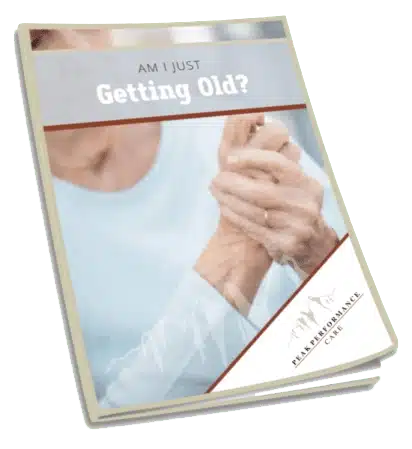If you’ve suffered with Arthritis you have probably heard a wild range of stories and opinions from friends and family, and even outdated advice from doctors to rest and rely on painkillers.
Here are some of the most common arthritis pain myths people who visit our Sonora clinic have been told which has actually made their arthritis and much worse, and stopped them living the life they deserve.
I know how upsetting it can be when you don’t know why you’re in pain, or struggling to move freely – and my expert team would love to help you get some clarity in a quick, free telephone call.
Simply click the button below, and arrange a free telephone consultation with our expert team who can answer your questions, listen to your story, and end your uncertainty, confusion and frustration.
Simply Complete The Short Form and We’ll Email You Your FREE GUIDE

If you’re unsure if Physical Therapy is right for you and want to know what it costs – and what availability we have, then click the link below to complete the short form below.
If you’re not quite ready to book an appointment yet and have some questions you would like answered first, click the link below to complete the form.
13949 Mono Way, Sonora, CA 95370
Monday – Thursday8:00am – 5:00pm
Friday8:00am – 2:00pm
Saturday – SundayClosed
You may have seen Ellora in various national periodicals and magazines where Peak Performance Care has been featured. Some of these publications include The Washington Post, Runners Magazine, The Competitor Magazine, and Women’s Running Magazine.
To speak to Sonora’s Arthritis Expert, Ellora Maggs, call (209) 532 1288
Or Request Your FREE Arthritis Guide